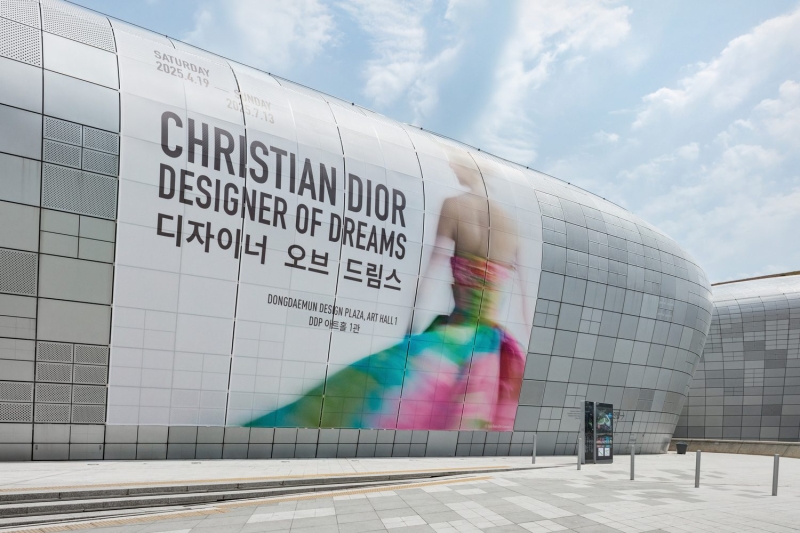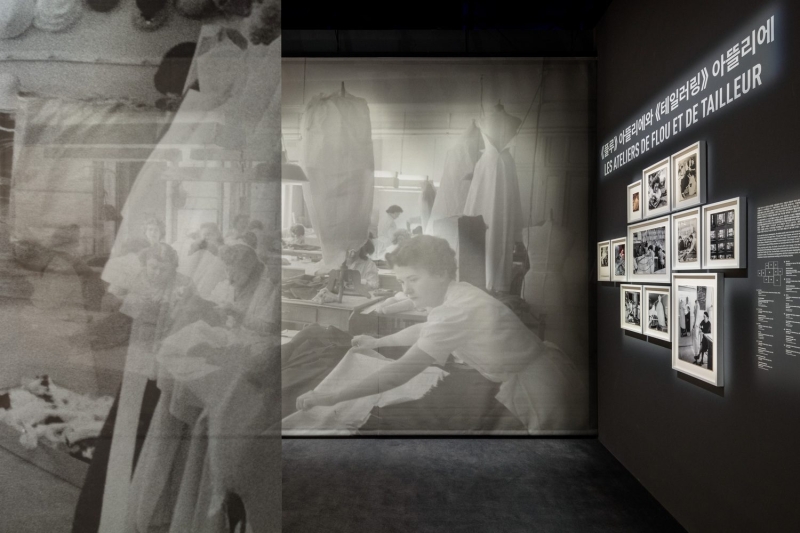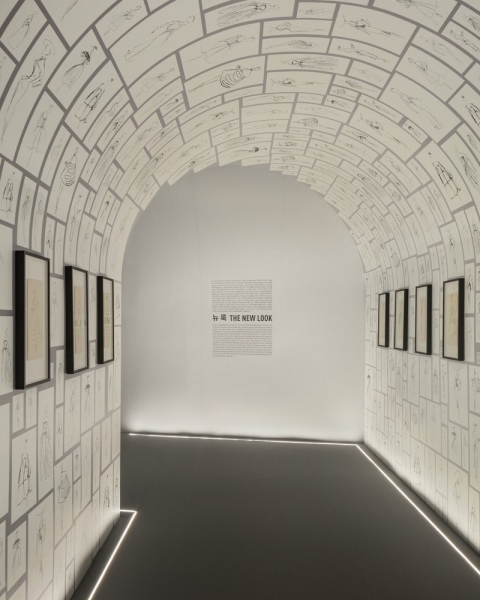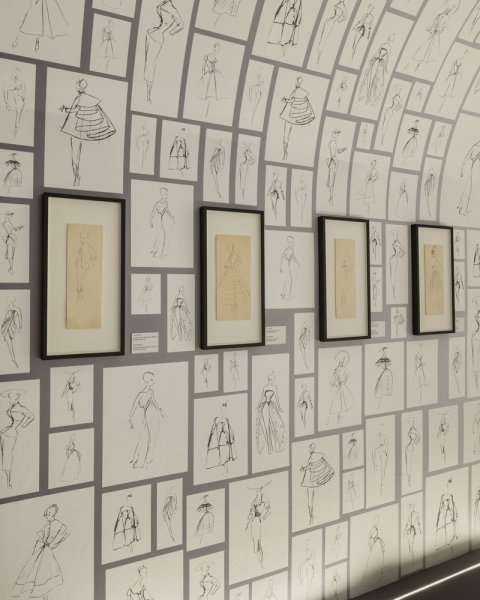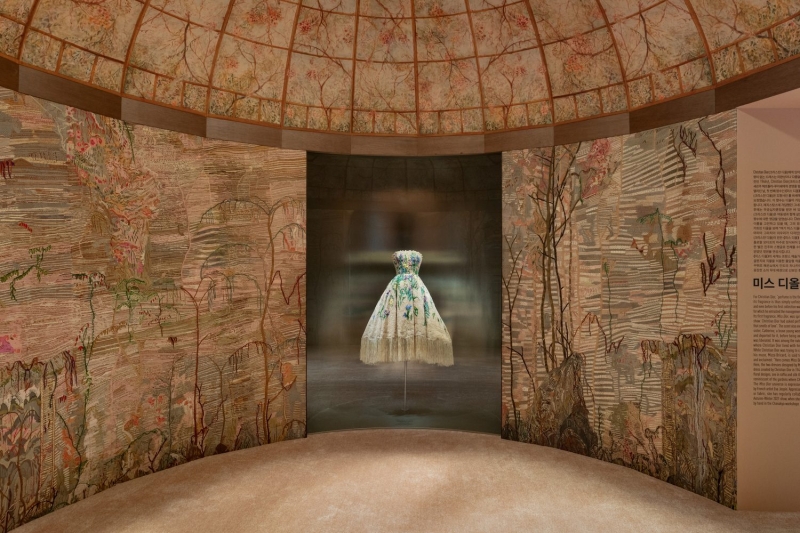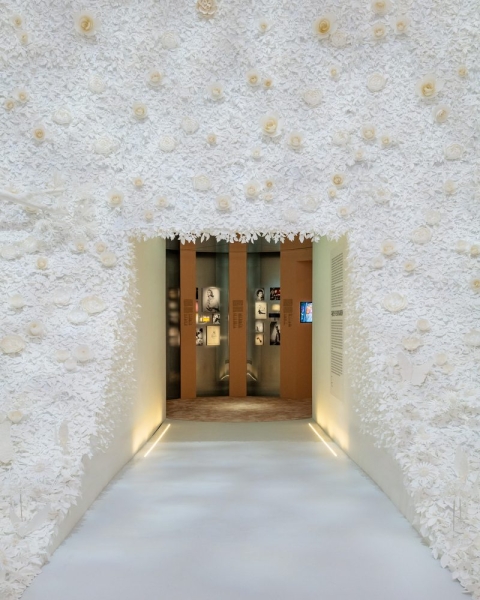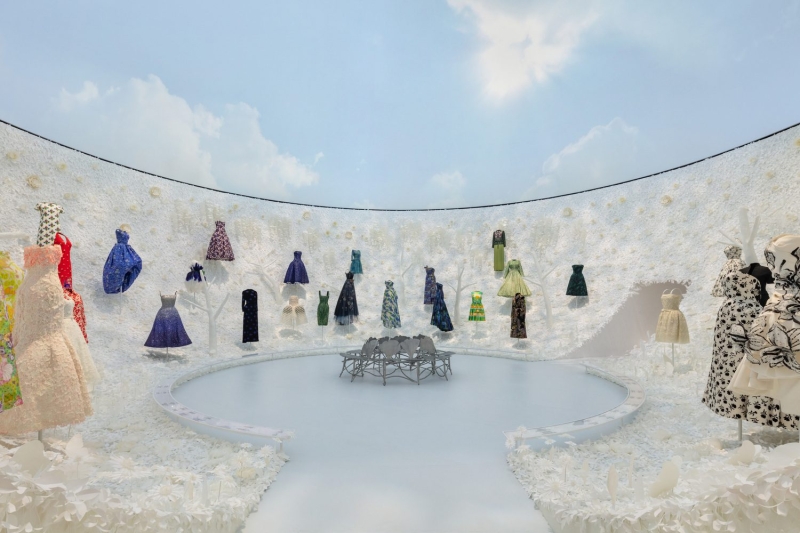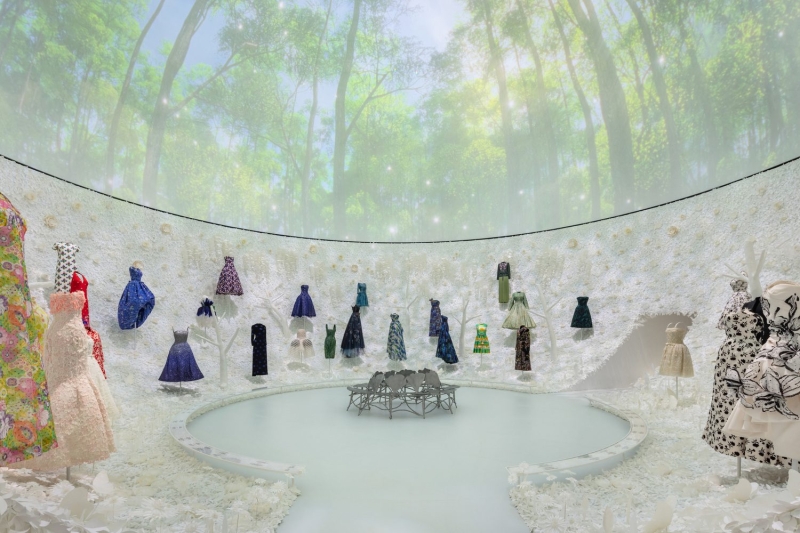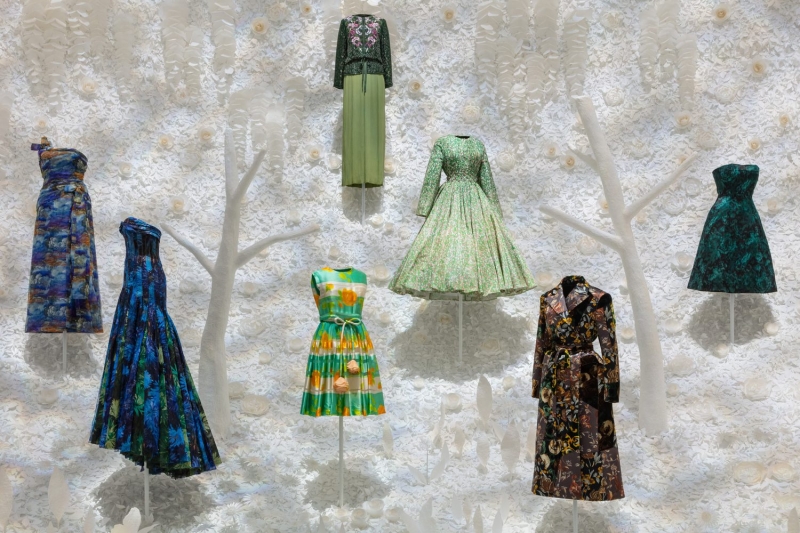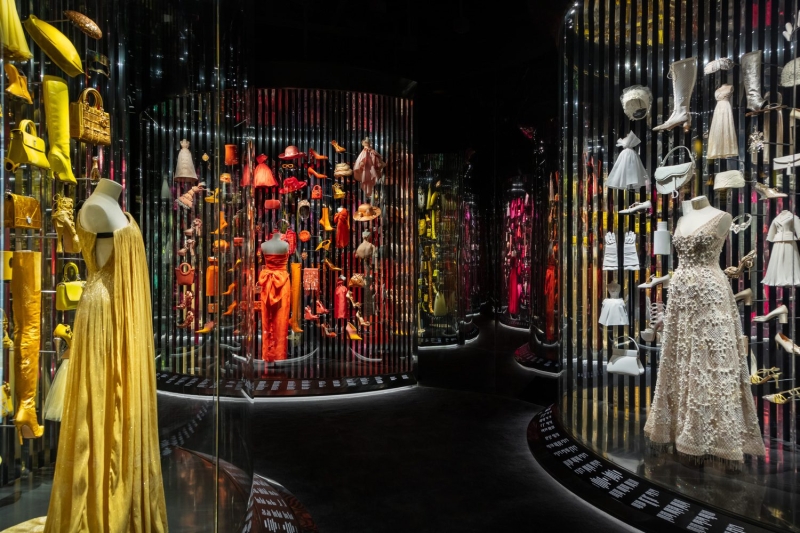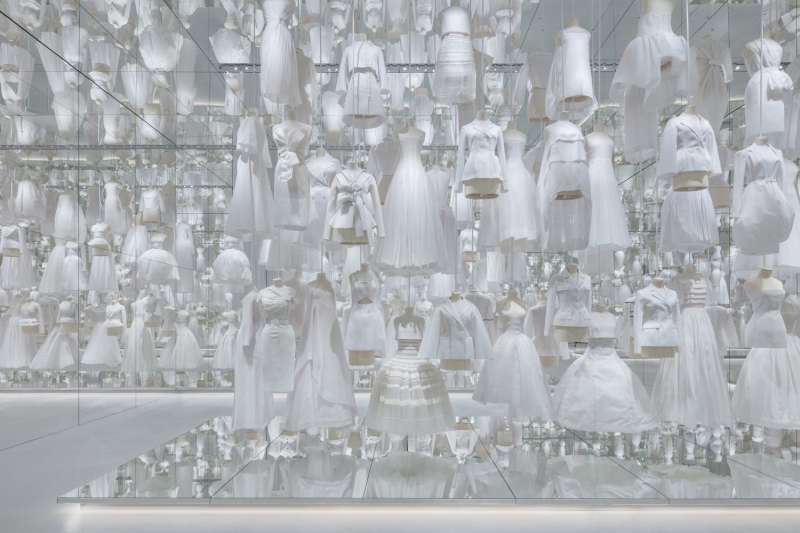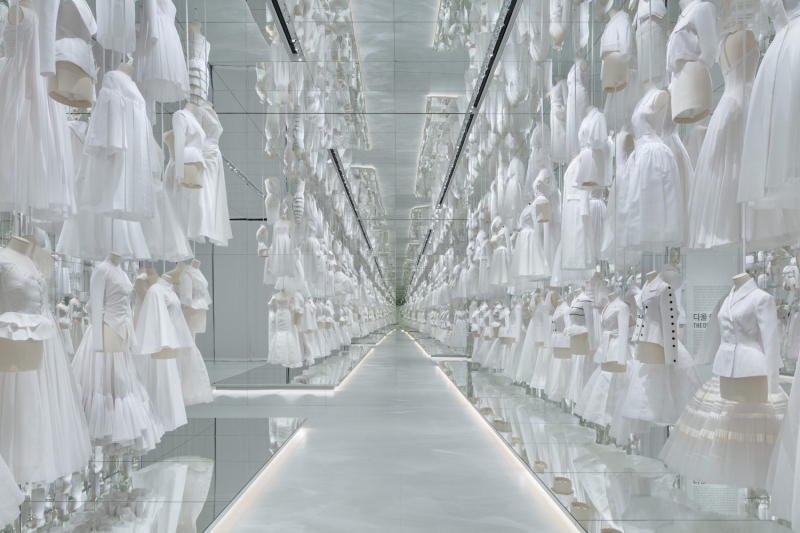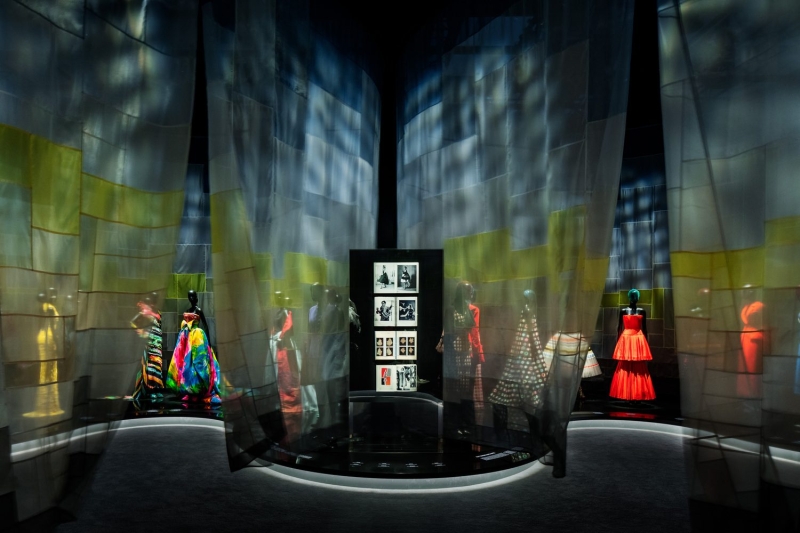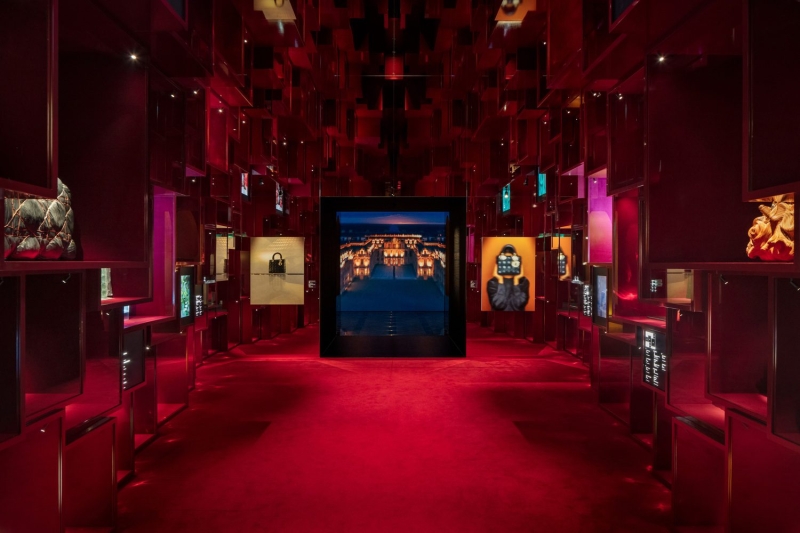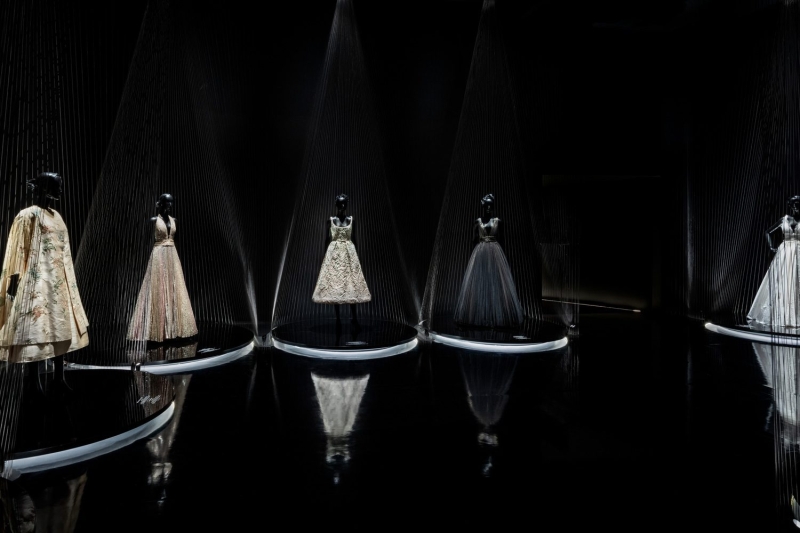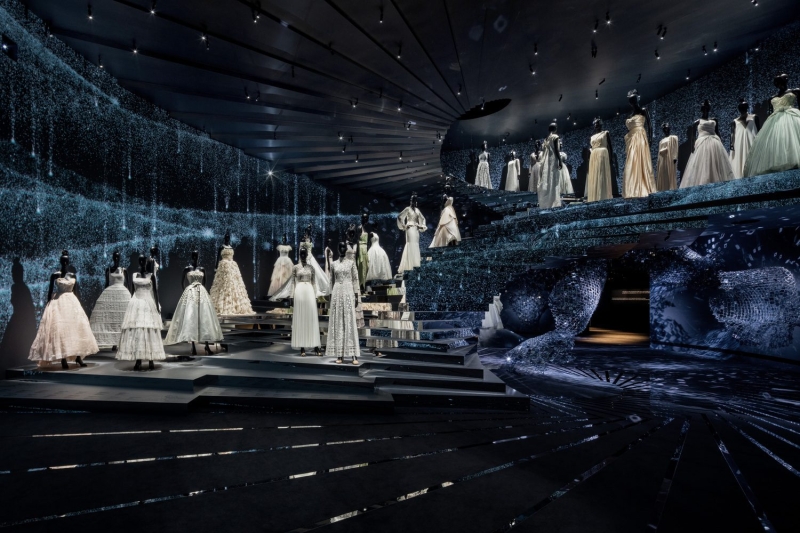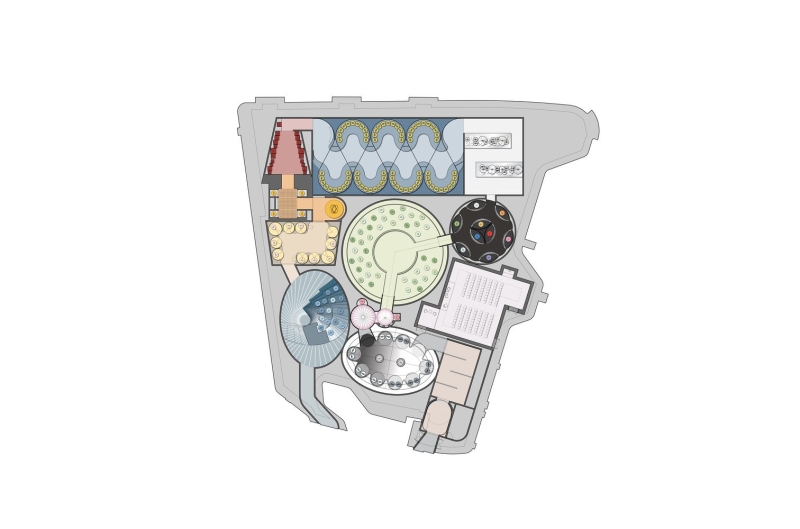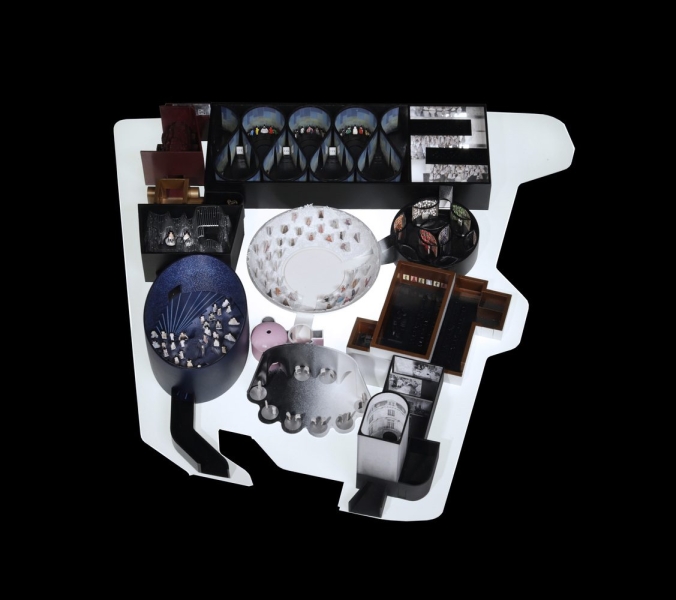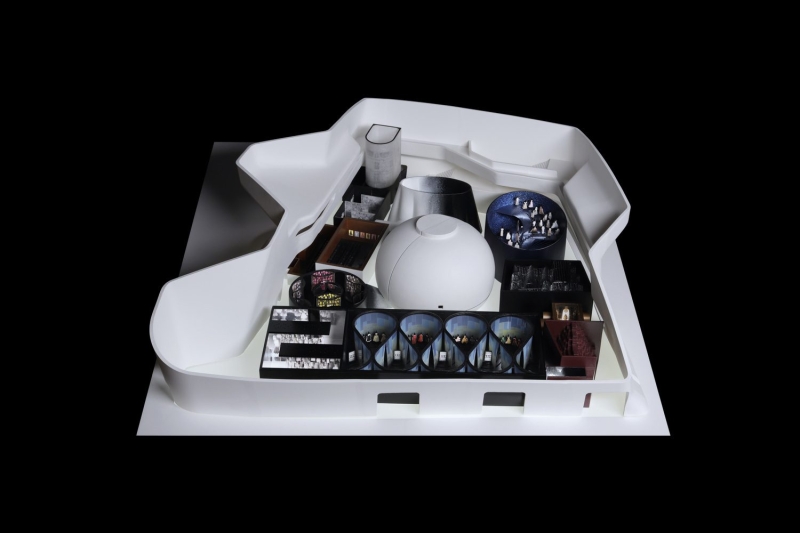OMA has debuted its latest exhibition design for “Christian Dior: Designer of Dreams” in Seoul, South Korea. Set within the iconic Dongdaemun Design Plaza (DDP), the exhibition marks the fifth collaboration between OMA and the French fashion house. Previous installations include Dior: From Paris to the World at the Denver Art Museum (2018) and Dallas Museum of Art (2019), as well as the 2022 Tokyo edition at the Museum of Contemporary Art. The Seoul showcase highlights over eight decades of Dior’s design evolution, while also celebrating Korea’s cultural heritage.
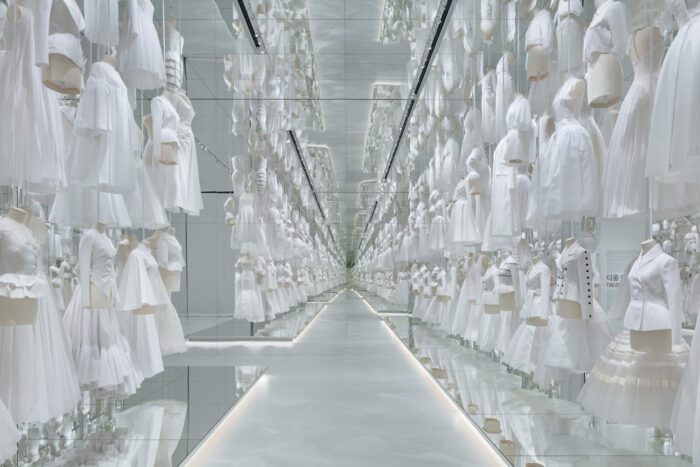
This iteration of the exhibition reimagines Dior’s legacy through a distinctly Korean perspective, incorporating regional cultural elements, native materials, and locally inspired spatial concepts. Unlike earlier versions that unfolded within conventional museum galleries, the Seoul edition leverages the open, column-free layout of DDP’s Art Hall 1 to deliver a seamless, immersive experience, replacing the segmented room-by-room format with a continuous narrative flow.
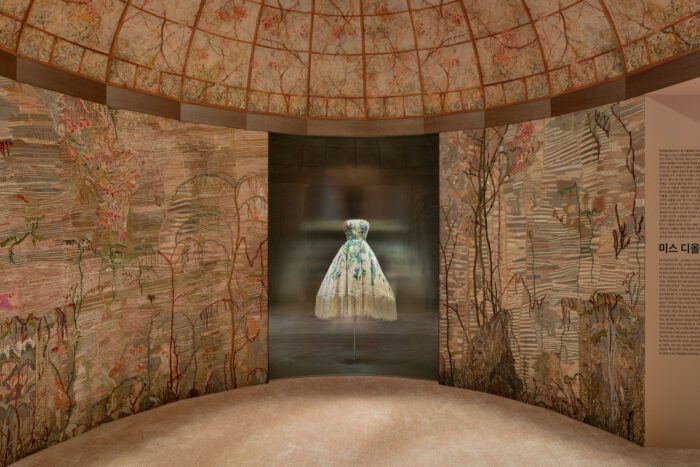
The layout of the exhibition takes cues from the traditional Korean hanok, organizing the experience around “The Garden” — a spacious central area that echoes the concept of a madang, or courtyard, with surrounding galleries branching off from it. This central space is envisioned as a monumental, walk-in moon jar, paying homage to the classic Korean porcelain form made by joining two separate hemispheres. Within the towering 12-meter structure, visitors encounter a striking fusion of a projected dome and an immersive hanji forest landscape crafted by artist Hyun Joo Kim.

The exhibition’s themed rooms extend this cultural conversation by transforming traditional Korean artifacts and craftsmanship into architectural features. In the “Dior Legacy” space, the evolution of the House’s creative direction is represented by a continuous, flowing ribbon—created using the Korean jogakbo patchwork technique—that symbolizes both individuality and connection across different eras. Meanwhile, the “Lady Dior” room draws inspiration from classic red lacquerware cabinets, reimagining them into a sculptural, modular display system.
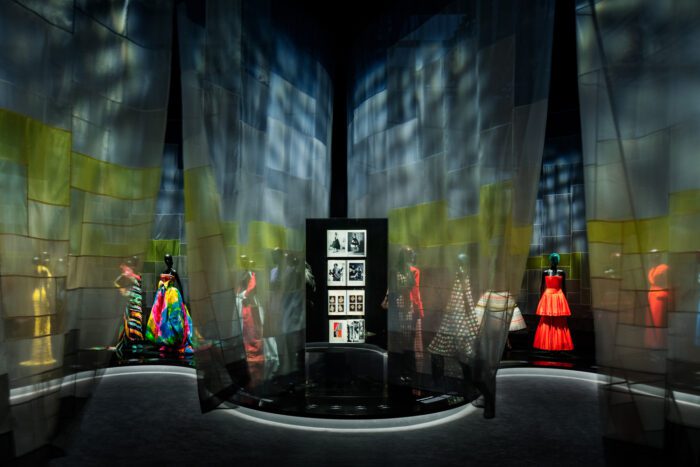
Innovative materials and display techniques throughout the exhibition are designed to deepen the connection between visitors, the exhibits, and the surrounding space. Elements such as layered scrims, reflective louvers, hanging toiles, and metal cables introduce transparency and interplay, allowing for shifting views of the garments, artworks, and objects on display. These features enhance the immersive quality of the exhibition while highlighting the dynamic, multi-dimensional narrative of Dior’s legacy.

OMA’s recent portfolio includes the expansion of the New Museum in New York, which will double its exhibition space and enhance circulation, complementing the existing SANAA-designed building. In Jeddah, the studio developed the scenography for the Islamic Arts Biennale, creating an immersive spatial narrative to enrich the visitor experience; the exhibition remains open through May 25, 2025. Other significant projects include the refurbishment of the Gallery of the Kings at Turin’s Museo Egizio and the ongoing restoration of the heritage-listed Perth Concert Hall in Australia.
